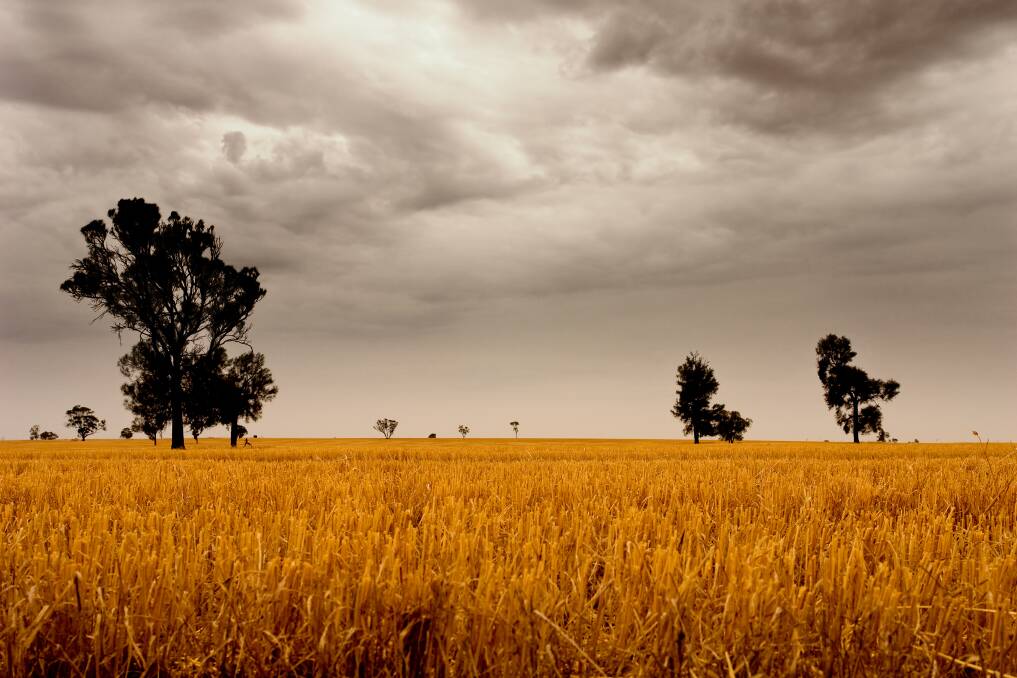
During the past week there was a passage of another complex low pressure system.
Subscribe now for unlimited access.
or signup to continue reading
This one was not as intense as the active cut-off low system which brought exceptional weather across much of NSW and Victoria nearly a fortnight ago.
Rainfalls from this complex low were light to moderate in our regions, although thunderstorms in NE Victoria on Wednesday June 16 brought heavy falls to 30mms.
Maximum temperatures were near normal or slightly above for June at most places in our region, but Moree recorded 24 degrees, six degrees above normal.
This high temperature at Moree was due to a small scale warm front which also brought higher temperatures further north into Queensland.
Adelaide recorded 46mms to Friday morning June 18. This was Adelaide's wettest June day since 2005.
There were three other wetter June days at Adelaide in 1916, 1920 and 1957.
Those four wetter June days except 1957 did lead to a wet period well into the spring season in our region.
January 1957 was an exceptionally dry month in NE Victoria, quite the reverse to January this year.
Sea surface temperatures in the Indian Ocean have continued to be notably above normal for this time of year and are also above normal in ocean waters around Tasmania and Gabo Island.
Another rather intense low pressure formed in the Indian Ocean just west of Geraldton bringing widespread heavy rain to the central west of Western Australia.
Rottnest Island recorded 61mm to Sunday morning June 20, the island's wettest June day since 65.3mm in 1952.
This particular intense low extends a trough line to as far north as the Pilbara region with some rain.
The passage of this system eastwards will be rather slow, reaching our regions later this week, bringing more significant rains, this time reaching places like Roma and St George in Queensland which have been very dry since the end of March.
More heavy rain fell Wednesday June 23 in the Cocos Keeling Islands and this month's total has reached 553mms, the wettest June there since 1988.
Although June and July 1988 were wetter than normal in NE Victoria it turned out to be slightly warmer than usual, and the rest of 1988 was also slightly warmer than usual but much wetter than normal.
Heavy rain was recorded at places in the Riverina with 42.8mm to 9am Thursday June 24 at Narrandera, which is the wettest June day in 54 years of records.
The previous record daily June fall was in 1969.
Yanco had 44mm and Griffith 41mm, their wettest June day since 1931.
Both those places had over 40mm on June 20, 1969.
Very interesting as the winter of 1969 was warmer than usual, however the last four months of 1969 were notably wetter and colder than usual.

